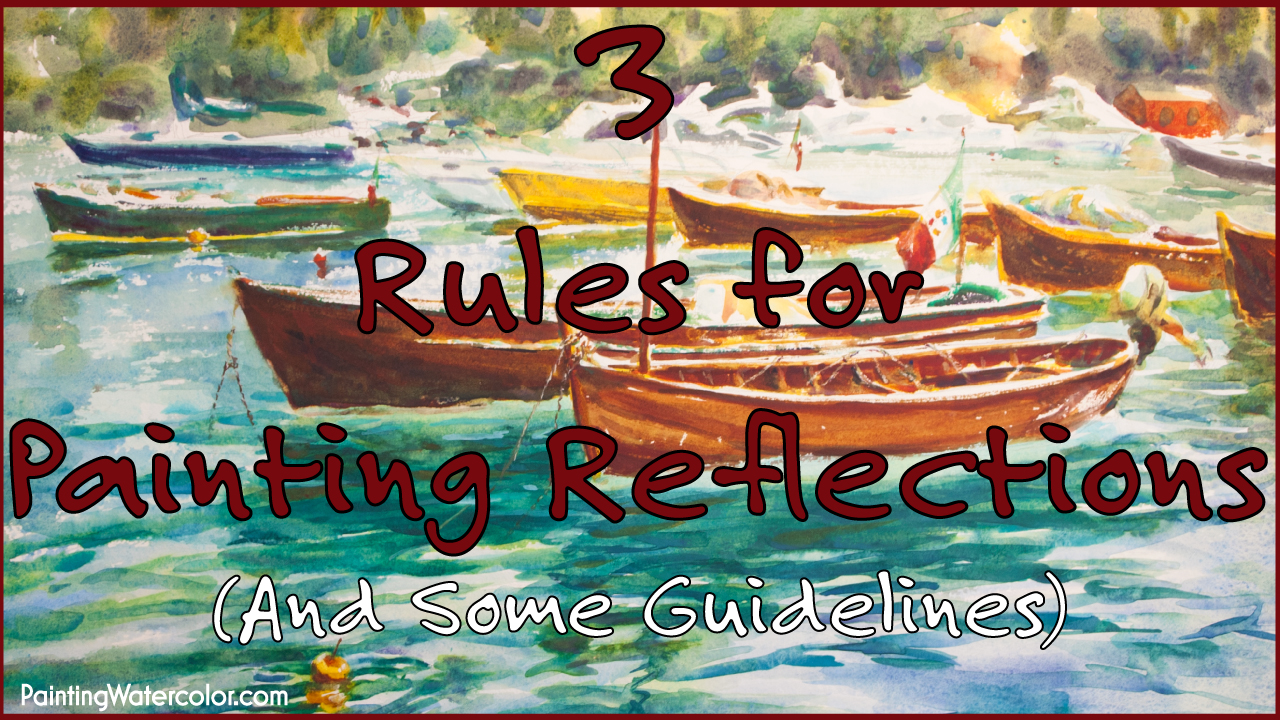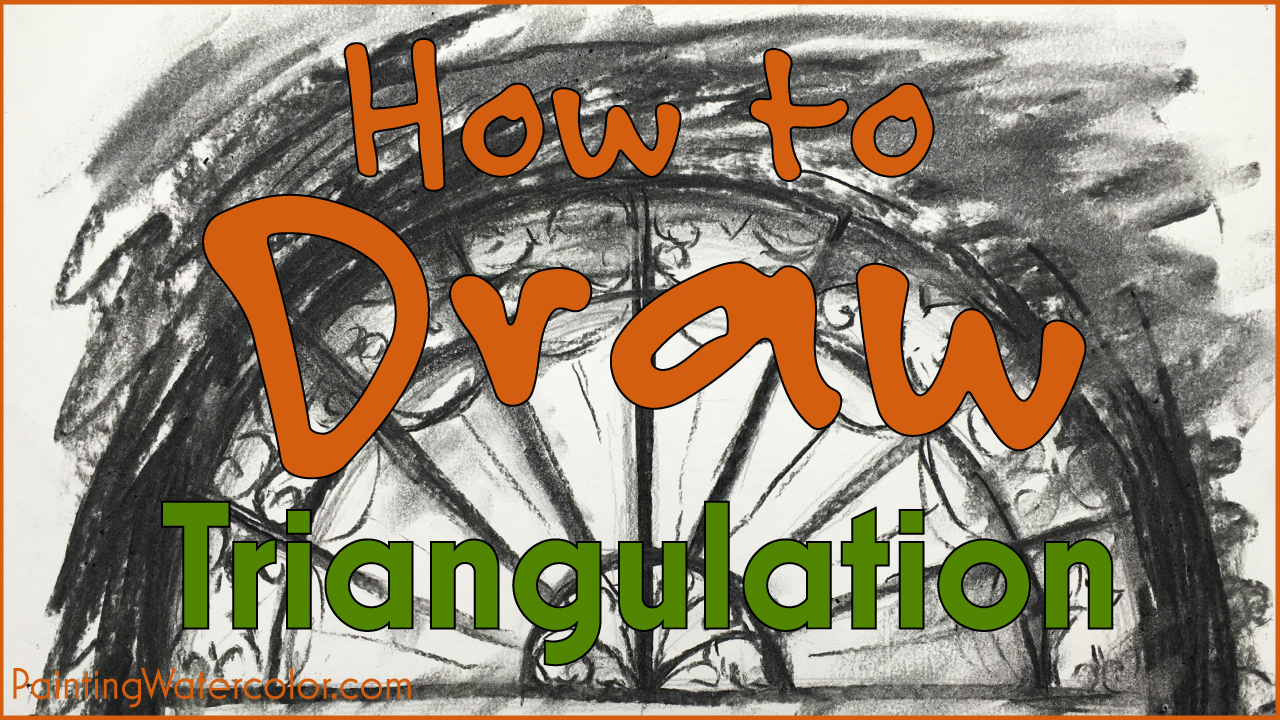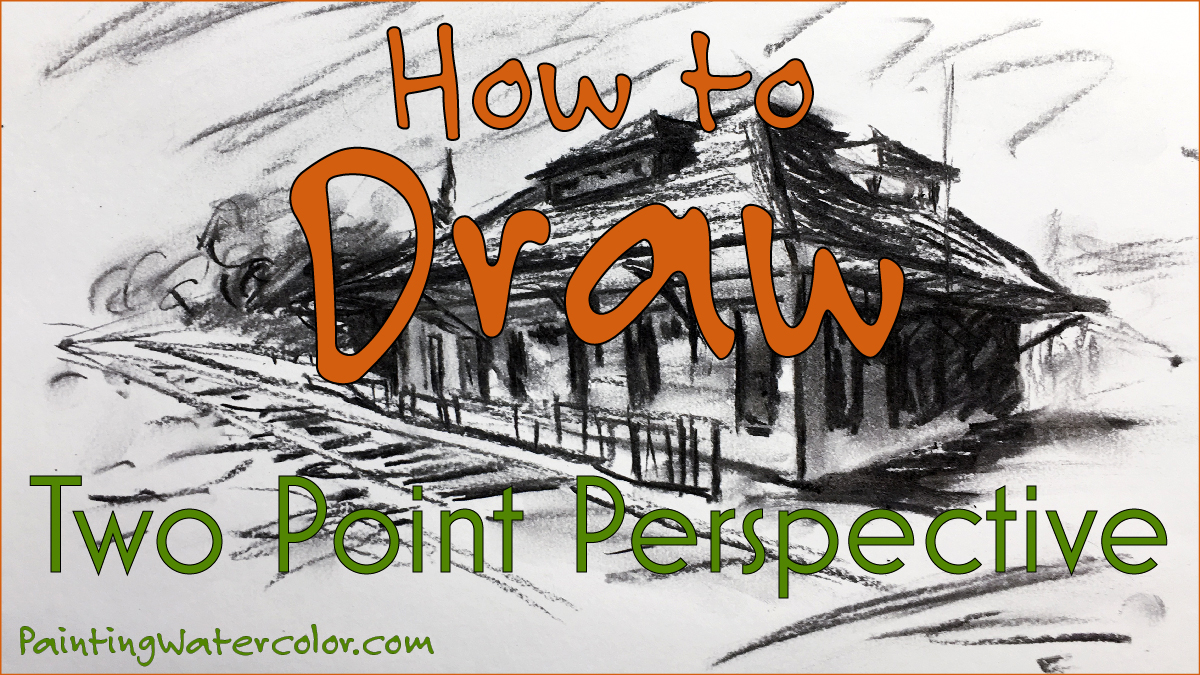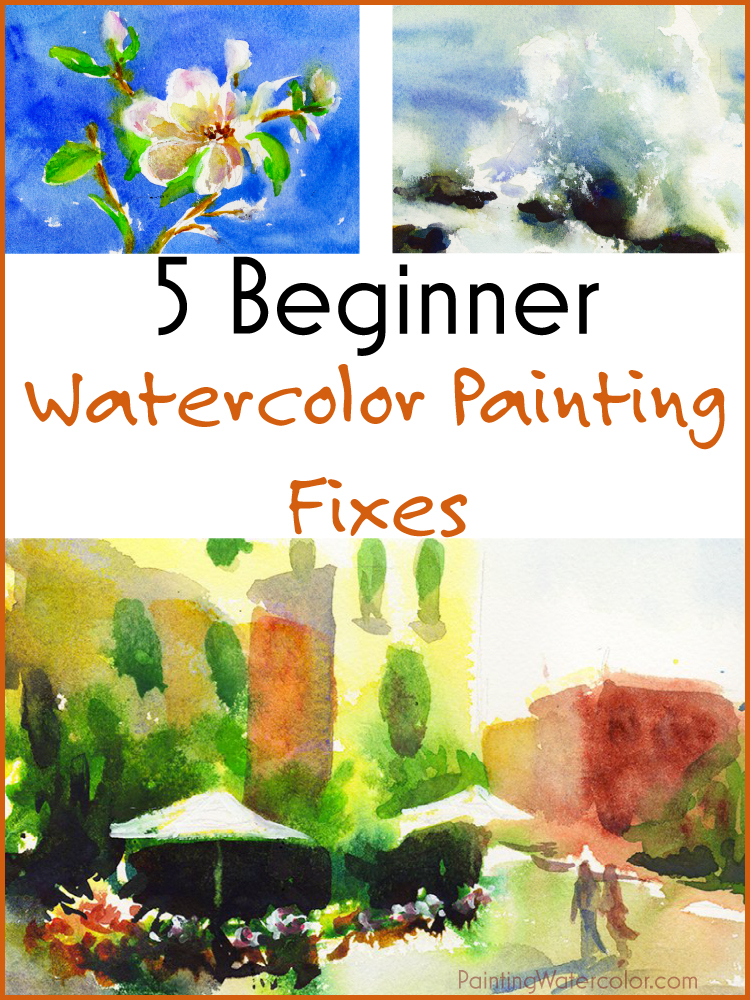How to Use Wax Resist
Watercolor Painting Lesson
by Jennifer BranchYouTube Painting Video
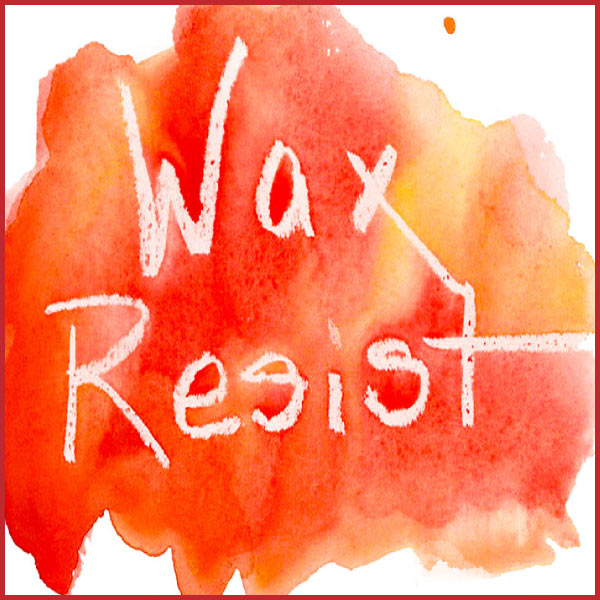
Painting Lesson Level
BeginnerIntermediate
Advanced
Skill Building
Art SuppliesNegative Painting
Wax Resist
I find wax to be more effective on rougher surfaced papers.
Once wax is on the painting, it does not come off and the area will resist paint forever.
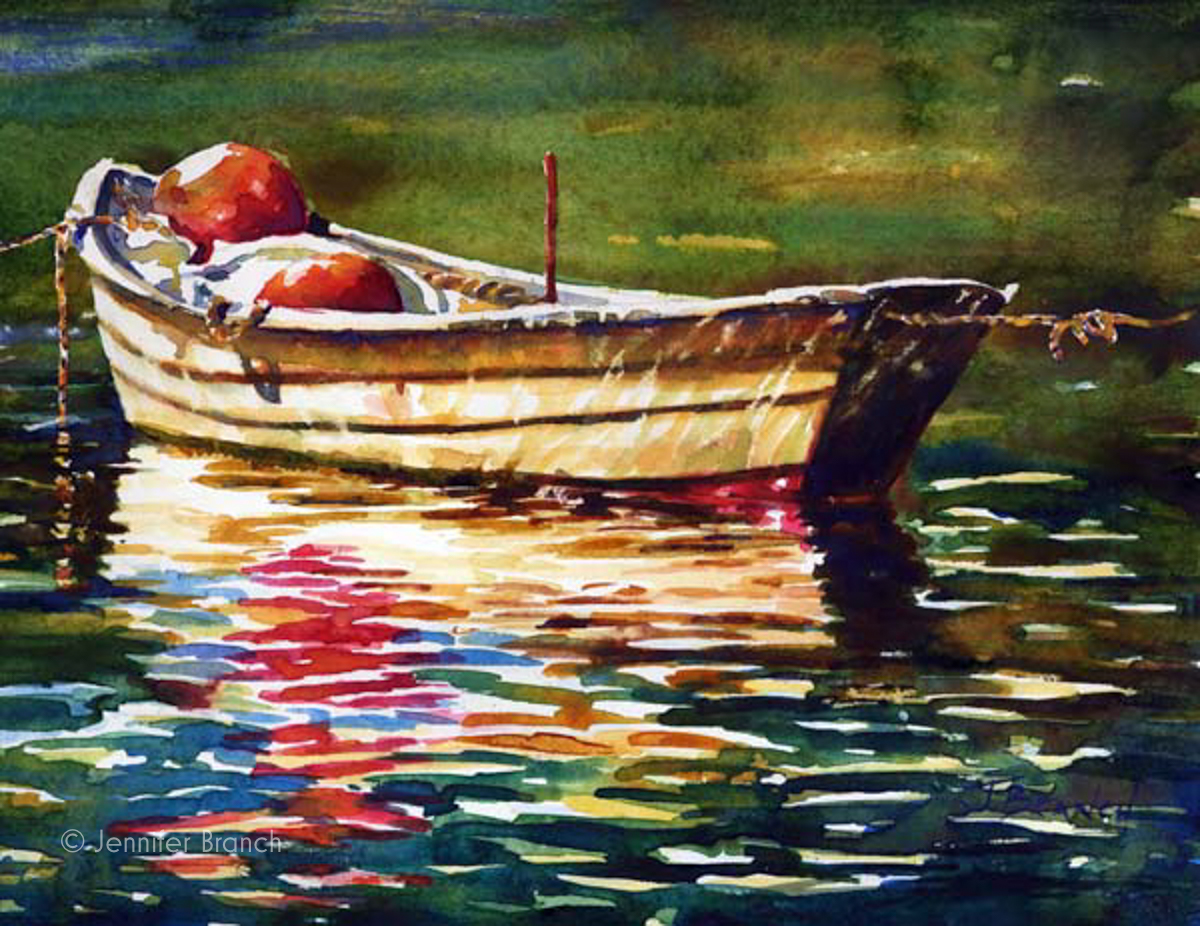
Always make certain you want the wax to stay on the paper. Be careful where you apply wax to your painting. It cannot be completely removed with an iron and newsprint. Some always remains behind. Also, just using masking changes the surface of the paper. Wax resists gouache too. You can't just touch up your mistakes! If you're not sure, use masking. Masking is removable, wax is not.
If in doubt, never use wax!
Disclaimer: Jennifer Branch Gallery is a participant in the Amazon Services LLC Associates Program, an affiliate advertising program designed to provide a means for sites to earn advertising fees by advertising and linking to amazon.com. I receive a small rebate for your entire order (starting at 4%) if you choose to purchase through Amazon. Most items can be bought multiple places and I highly recommend local art stores if you have one! Any other recommendation links I receive no compensation for.
These referrals help me support this website, and I thank you for any purchase you make through them. I will never recommend a product I have not used frequently and believe is the best tool for the purpose!
What Wax?
Don't use regular children's crayons since they have white pigment which looks odd after paint is applied. Instead of lovely white paper, you have a white chalky dash. If I wanted white opaque color, I would use white gouache.
Disclaimer: Jennifer Branch Gallery is a participant in the Amazon Services LLC Associates Program, an affiliate advertising program designed to provide a means for sites to earn advertisting fees by advertising and linking to amazon.com. I receive a small rebate for your entire order (starting at 4%) if you choose to purchase through Amazon. Most items can be bought multiple places and I highly recommend local art stores if you have one! Any other recomendation links I receive no compensation for.
These referrals help me support this website, and I thank you for any purchase you make through them. I will never recommend a product I have not used frequently and believe is the best tool for the purpose!
Wax on White Paper
Angle your paper so the light is slanted across it so you can see where the wax is drawn. This is especially important if you're resisting small details, such as a white porch railing.
Wax on Painted Paper
I prefer to use a wax crayon after a layer has completely dried. It tends to pick up a little bit of paint if you don't. also, it tears and compresses the paper rather than gliding over the surface of the paper.
Think about a lovely reflecting pond with autumn leaves. A few horizontal dashes of wax will give you glittering ripples in the pond and allow you to flow from trees above the pond through their reflection below in one wash. And you still get the glittering ripples.
Different Papers Change Wax Resist Effect
The type of watercolor paper you choose completely changes how the wax resists the paint.In these examples, also notice how the pressure used changes the effect as well. A light pressure misses many places. A heavy dark wash might make it almost disappear. Hard pressure on the crayon will be quite clear and sharp, especially on hot press paper.
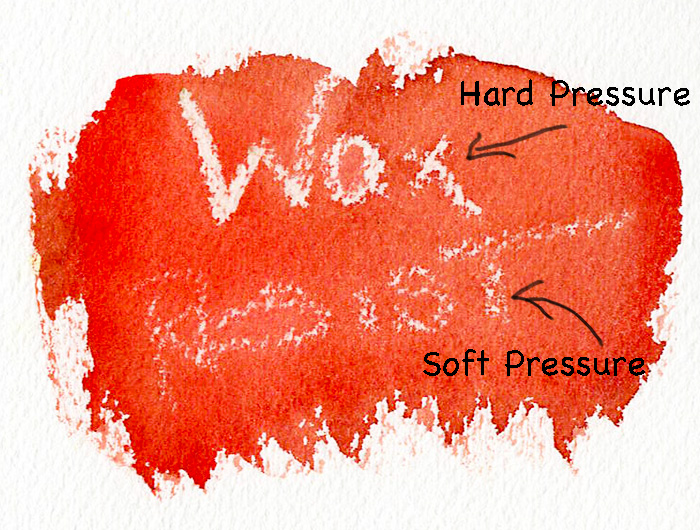
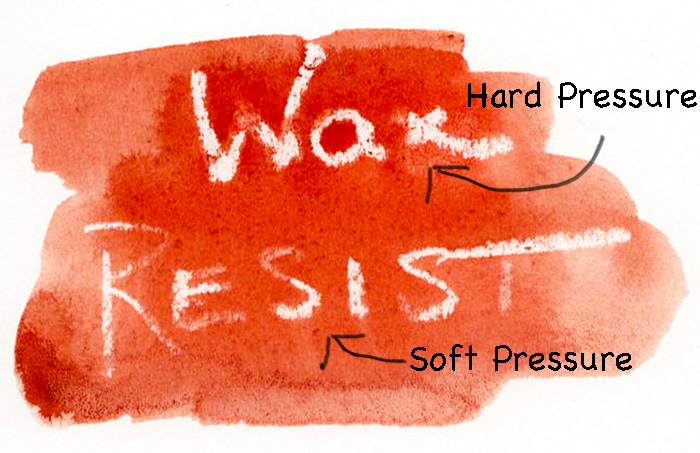
I much prefer using wax resist on a rough surfaced paper. It gives a lovely sparkle that can't be obtained any other way!
I hope this helps you to learn a useful technique. Wax is almost a necessity when painting on location since it lets the artist paint broad sweeping washes without worrying about little highlights. Those highlights usually make the painting though!
I hope you try wax resist on your next painting!
Homework!
Try painting tree branches in white paper with wax. Paint 1 wash and let it dry. Then resist a few more branches with wax and paint another wash. Try doing a few layers of this to get a good feel for using wax resist!

